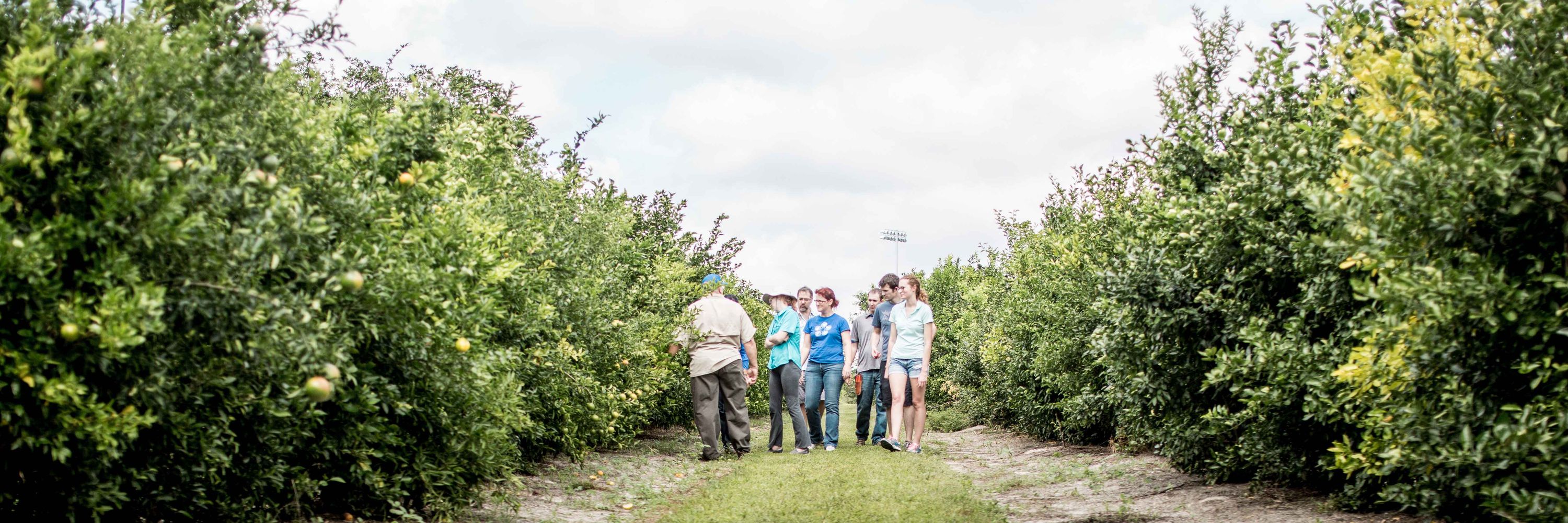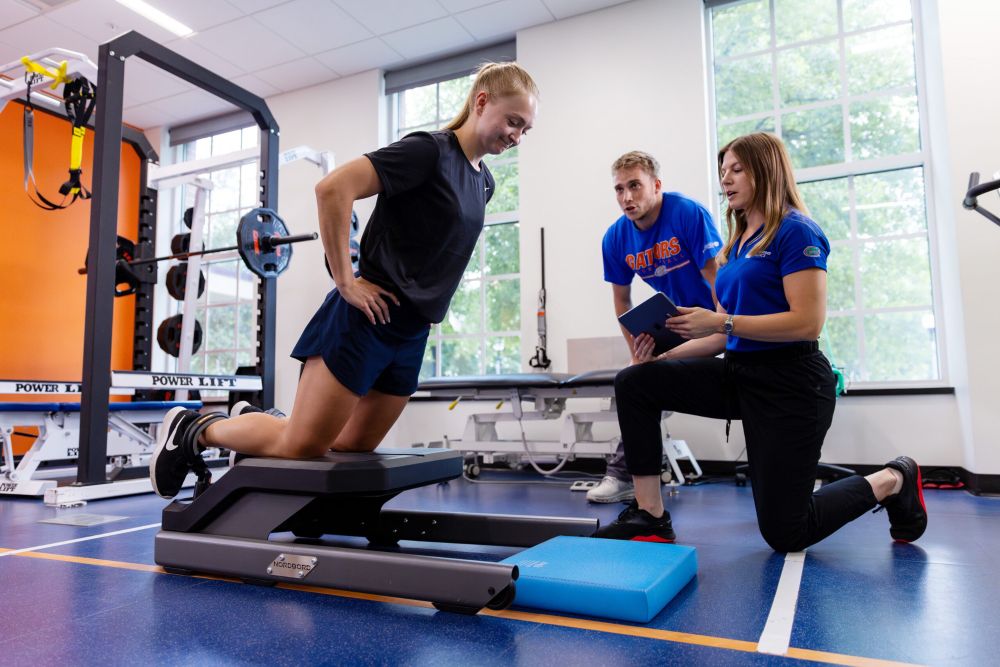University of Florida Research
@ufresearch.bsky.social
190 followers
68 following
62 posts
Explore how University of Florida researchers' contributions are changing the world.
Posts
Media
Videos
Starter Packs
Pinned
Reposted by University of Florida Research
Reposted by University of Florida Research


























